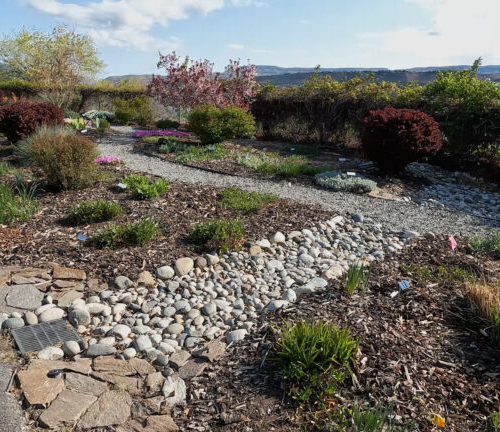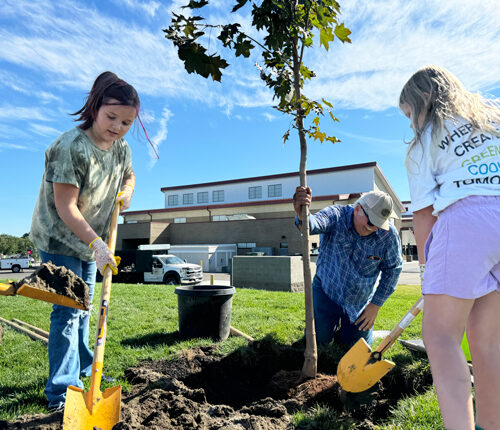
Money From Timber Sales A Drop In The Bucket For School Budgets

Photo by Siegfried Poepperl from Pexels
Chris Reykdahl, Washington’s superintendent of public schools says he would like to see the state legislature commit to financing school construction, but not the traditional way.
Reykdahl doesn’t think the funding should come from timber harvest anymore. The K-12 Common School Trust has the most acreage of publicly managed state trust lands.
Yet the revenue K-12 schools receive through timber sales is fractional compared to what it once was. Here’s Reykdahl at January’s Board of Natural Resources’ meeting.
“I, as you well know, do not see the trade off, similarly, as I did 10 or 20 years ago. I would give all of this money away in the school system,” Reykdahl says. “The fractional share we’re getting right now is nothing anymore to schools.”
For the 2019-2021 biennium, the share of Common School Trust money for the capital spending fund was only 1.6%. Most of the money for school construction now comes from local bonds, according to Reykdahl.
“Surely we can get schools on a more solid footing than a declining revenue source,” Reykdahl says.
Reykdahl says if there isn’t enough movement on this issue, he’ll initiate legislative interests to make it happen.
Related Stories:

Idaho gave families $50M to spend on private education. Then it ended a $30M program used by public school families
Just weeks after creating a $50 million tax credit to help families pay for private school tuition and homeschooling, Idaho has shut down a program that helped tens of thousands of public school students pay for laptops, school supplies, tutoring and other educational expenses.

Preparing your Northwest garden for spring
Washington State University Extension has tips to help make sure your garden is ready this spring. (Credit: Washington State University Extension) Read In the dark days of winter, it’s never

To help cool the Tri-Cities, kids plant hundreds of trees for cooler parks, playgrounds
Elena Woodford and Alexis Nicholson help plant one of seven trees at Tapteal Elementary School. Alexis co-founded the Kids for Urban Trees club to plant trees in the community. (Credit:















